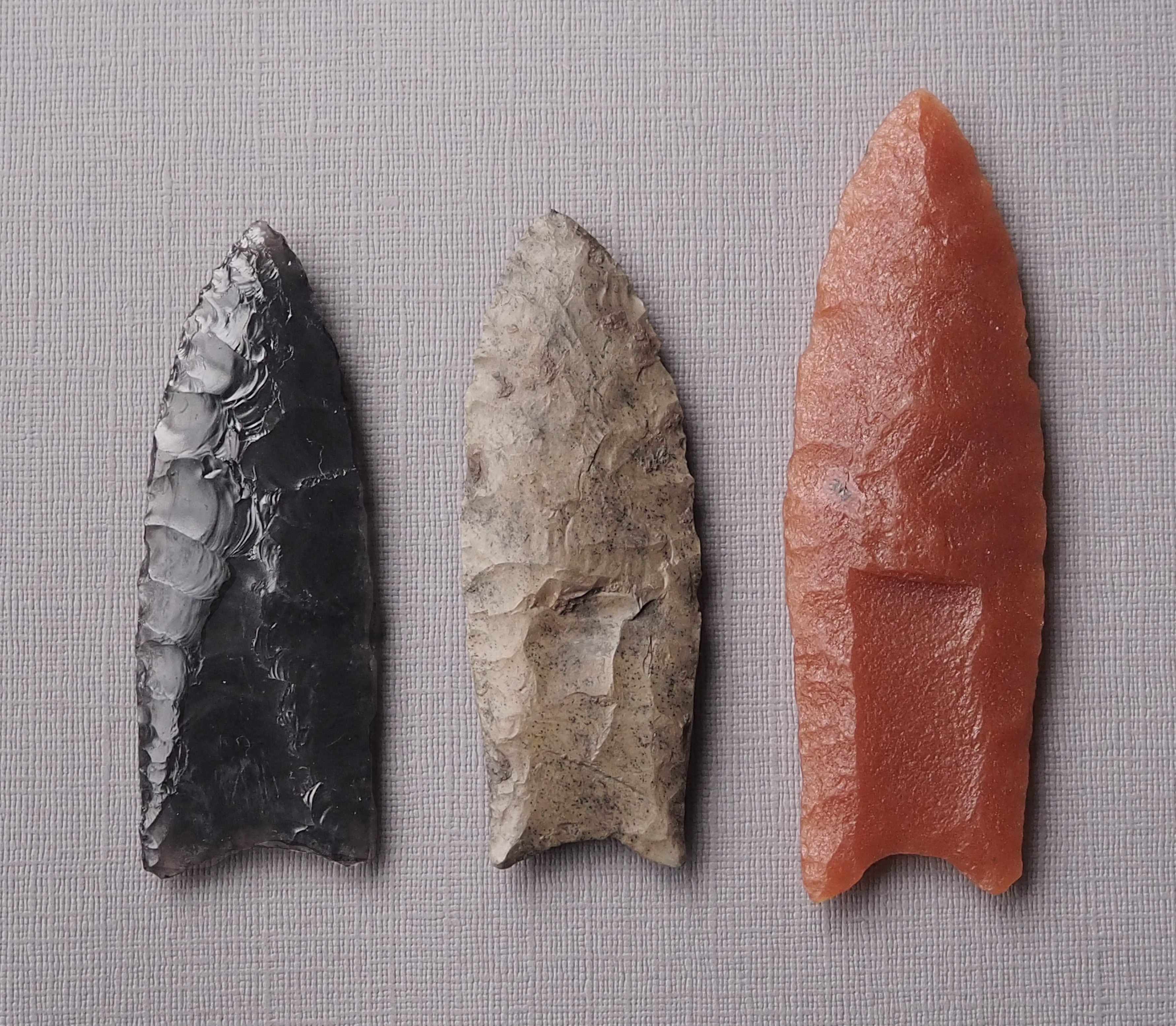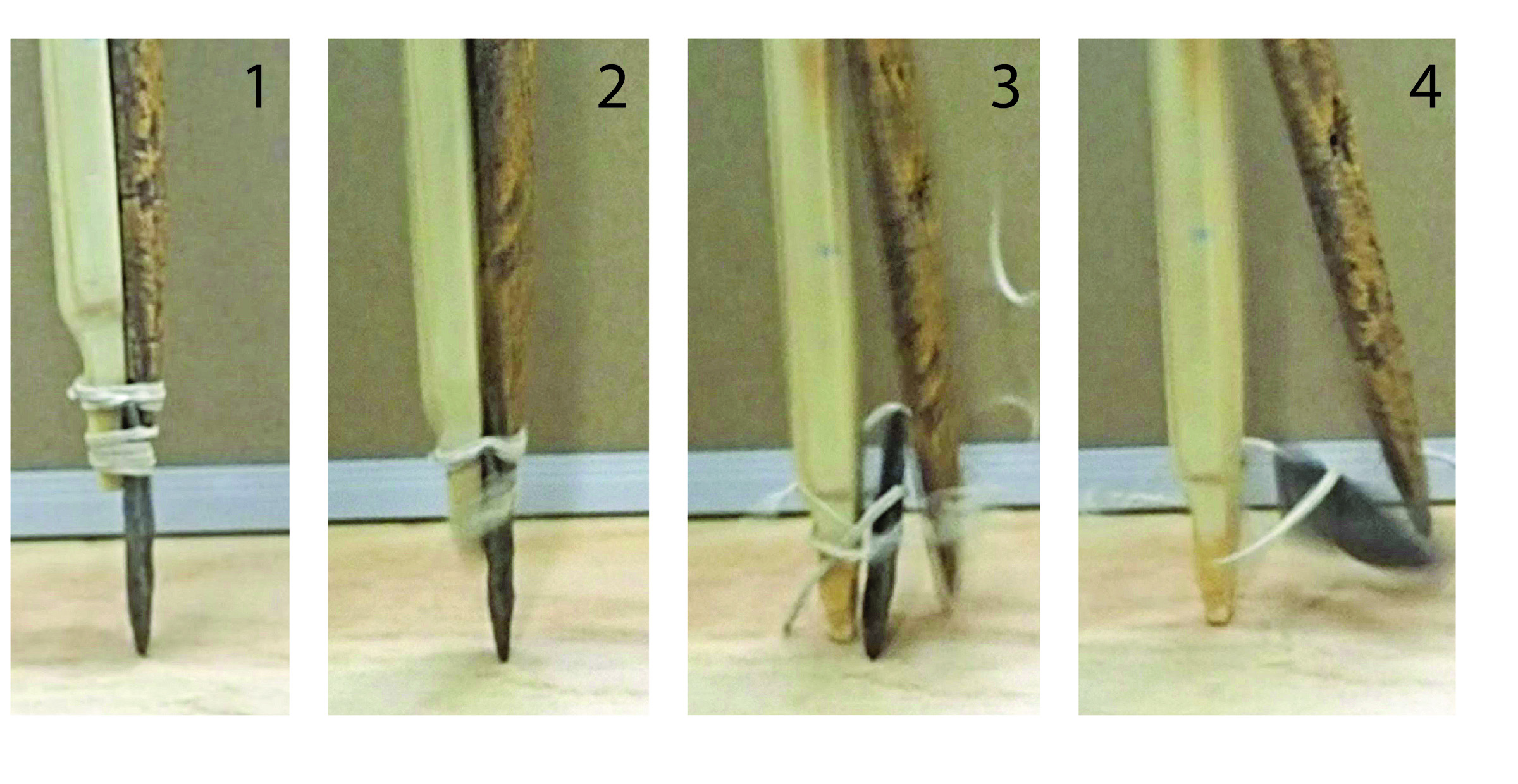North American hunter-gatherers may have developed an innovative method for killing Ice-Age megafauna like mammoths, according to the authors of a new study. Rather than throwing spears at their prey, members of the iconic Clovis culture might have used “braced shaft weapons”, or pikes, to inflict catastrophic injuries on their victims.
“The key elements of the pike are a sharp tip for entering thick hide or armor and a long, sturdy shaft that could be braced in the ground to receive a charge with deadly force resistance,” write the researchers. In other words, the weapon was secured against the earth in order to harness the force of an onrushing animal, rather than relying on the throwing strength of the hunter.
“The kind of energy that you can generate with the human arm is nothing like the kind of energy generated by a charging animal,” explained study author Jun Sunseri in a statement. “It’s an order of magnitude different.”
Inspiration for the study was provided by the mystery surrounding the so-called Clovis points, which have been found across North America and dated to between 13,050 and 12,650 years ago. Recognizable for their razor-sharp edges and fluted indentations, the spearheads are regularly retrieved from within the skeletons of mammoths and other Ice Age giants, although scholars are yet to agree over how they were used during hunts.

Replica Clovis points, showing their distinctive shape.
Image credit: courtesy of Scott Byram
Wondering if Clovis points might have been set on pikes, the study authors began by reviewing references to this type of weapon in the historical and ethnographic literature. As it turns out, the ancient Greek historian Xenophon reports the use of pikes for hunting large boar, while similar weapons were also employed against “Indian and African war elephants.”
“Pikes were used for well over two millennia to stop charging warhorses in battle,” write the researchers.
To discover how effective such weapons may have been for hunting large prey, the study authors employed a knapping expert to recreate a set of Clovis points, which they then hafted onto pikes. In a series of experiments, the researchers learned that the system functioned somewhat like a hollow-point bullet as the blade became detached from its shaft after penetrating an animal’s hide, ultimately causing “more massive injury than a thrust or launched spear can produce.”

High-speed photo sequence during a test, showing how the stone point recedes into and splinters the pike shaft.
Image credit: courtesy of Scott Byram
The fact that the point tends to detach when used on a pike may also explain why Clovis points are often discovered inside mammoth skeletons that show no sign of having been butchered by humans. According to the researchers, some animals may have survived these attacks, yet would have been left with a blade lodged in their body for the rest of their lives.
Taken together, these various findings suggest that the Clovis people may well have used pikes rather than spears when hunting large animals. “This ancient Native American design was an amazing innovation in hunting strategies,” says study author Scott Byram.
To develop their theory, the researchers are now planning to build a replica mammoth for use in further experiments with lithic pikes.
The study is published in the journal PLOS ONE.
Source Link: These Ingenious Weapons May Have Enabled Ice Age Hunters To Kill Mammoths